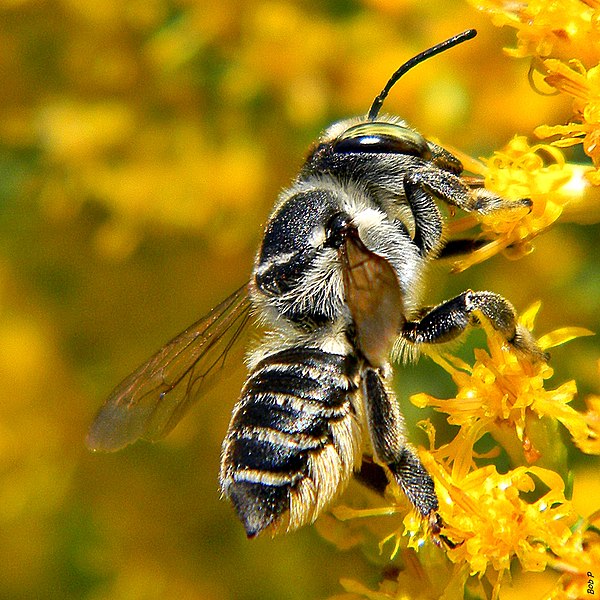Conserving our natural world has become more important than ever, as the effects of human activity continue to threaten ecosystems and wildlife. Across the globe, a variety of initiatives have been launched to protect habitats, reduce pollution, and safeguard endangered species. These efforts not only preserve biodiversity but also promote sustainability for future generations. From international agreements to local grassroots projects, environmental conservation has made a significant impact in defending nature. Each success story offers valuable lessons in how we can all contribute to protecting the planet. Here are 20 notable conservation efforts that have made a difference.
Yellowstone National Park Establishment, USA

In 1872, Yellowstone became the first national park in the world, setting a precedent for protecting natural landscapes. Spanning over 2.2 million acres, it preserves a diverse ecosystem of wildlife, including grizzly bears, wolves, and elk. The park also protects geothermal features like geysers and hot springs, which are rare worldwide. By drawing attention to the importance of conservation, Yellowstone laid the groundwork for future parks across the globe. Its creation highlighted the necessity of maintaining biodiversity and protecting ecosystems. Today, it remains a model for balancing tourism and nature preservation.
The Montreal Protocol

The Montreal Protocol, signed in 1987, became a monumental step in reducing substances that deplete the ozone layer. It banned the production and consumption of chlorofluorocarbons (CFCs) globally, which were commonly used in refrigeration and aerosol sprays. This international agreement has since been praised as one of the most successful environmental treaties ever. By preventing further ozone damage, it protected human health and ecosystems from harmful ultraviolet radiation. The protocol’s effectiveness has been evident, with the ozone layer slowly recovering over the decades. Its success shows how global collaboration can address urgent environmental challenges.
Great Barrier Reef Marine Park, Australia
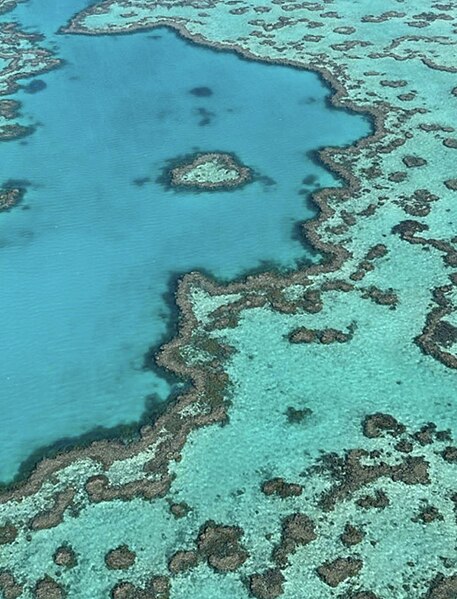
Australia’s Great Barrier Reef Marine Park was established in 1975 to protect the world’s largest coral reef system. Covering approximately 344,400 square kilometers, the park safeguards a vast array of marine life, including 1,500 species of fish, sea turtles, and sharks. Strict regulations control fishing, tourism, and pollution, helping to maintain the delicate coral ecosystems. Despite ongoing challenges, such as coral bleaching and climate change, the marine park is a critical defense against biodiversity loss. Over time, it has served as a blueprint for marine conservation worldwide. The park plays a vital role in educating the public about the importance of ocean health.
Ban on Whaling by the International Whaling Commission (IWC)
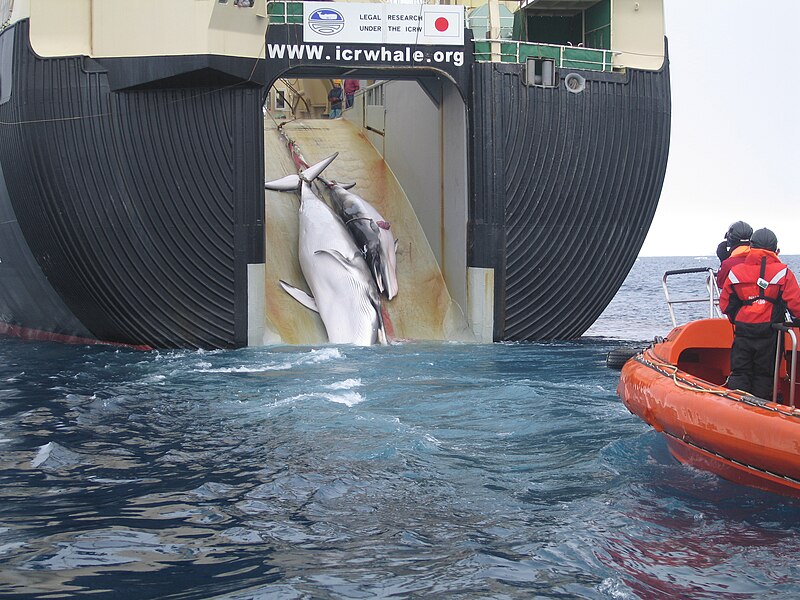
In 1986, the IWC implemented a global moratorium on commercial whaling, significantly reducing the practice. Prior to the ban, many whale species had been pushed to the brink of extinction due to overhunting. This effort marked a turning point in marine conservation, demonstrating the power of international cooperation. Since the ban, several whale populations, such as humpbacks and blue whales, have shown signs of recovery. However, some nations continue to whale under certain exemptions, challenging the full potential of the moratorium. Overall, the IWC ban remains a crucial step in protecting these majestic creatures.
Amazon Rainforest Protection Initiatives, Brazil
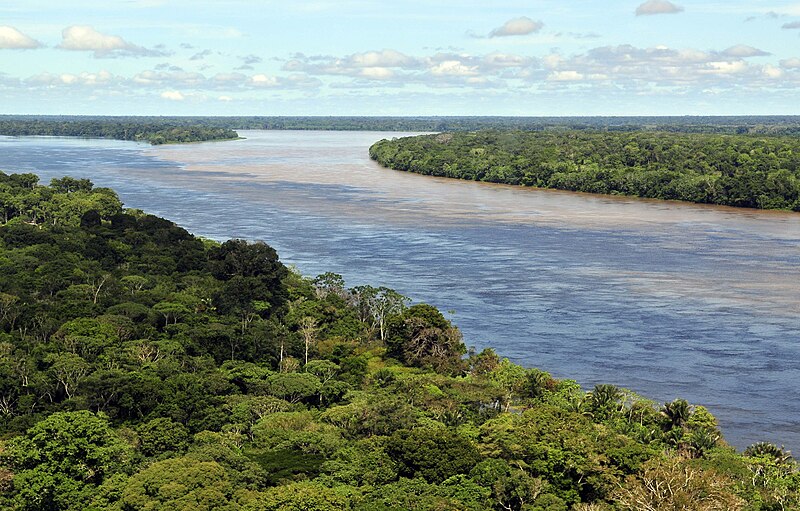
The Amazon, known as the “lungs of the Earth,” has long been the focus of numerous conservation efforts. Brazil’s government, alongside international organizations, has worked to combat deforestation by enforcing stricter land-use regulations. Programs like REDD+ (Reducing Emissions from Deforestation and Forest Degradation) incentivize sustainable forest management while protecting indigenous rights. Despite the ongoing threats from illegal logging and agriculture, these initiatives have helped slow the destruction of one of the planet’s most vital ecosystems. Long-term protection of the Amazon is essential for maintaining global biodiversity and climate regulation. These efforts emphasize the need for sustainable development alongside environmental preservation.
The Endangered Species Act (ESA), USA

Enacted in 1973, the ESA has played a pivotal role in conserving threatened and endangered species across the U.S. By protecting critical habitats and regulating activities that harm wildlife, the act has prevented the extinction of numerous species. Animals like the bald eagle, once nearing extinction, have made remarkable comebacks due to the ESA’s protections. It’s also helped raise awareness about the importance of biodiversity and habitat conservation. Over time, the act has proven flexible, adapting to new challenges and evolving scientific knowledge. The ESA remains one of the strongest pieces of environmental legislation globally.
Convention on Biological Diversity (CBD)
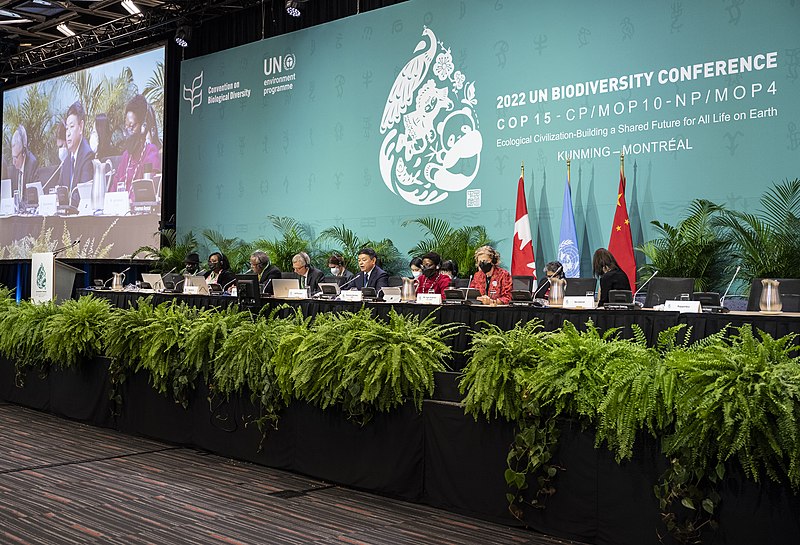
The Convention on Biological Diversity, launched in 1992 during the Rio Earth Summit, seeks to conserve biological diversity, sustainably use its components, and share its benefits. Over 190 countries have joined the convention, committing to targets that protect species, ecosystems, and genetic diversity. The CBD has inspired a range of national policies that promote conservation, research, and indigenous rights. While its ambitious goals face numerous challenges, it has significantly raised global awareness of biodiversity loss. The convention has also promoted the importance of protecting traditional knowledge systems alongside nature. In many ways, the CBD’s influence continues to shape environmental policy worldwide.
Reintroduction of Wolves in Yellowstone National Park, USA

In 1995, after a 70-year absence, gray wolves were reintroduced to Yellowstone National Park, marking a key victory for predator conservation. The return of this apex predator dramatically reshaped the park’s ecosystem, curbing overgrazing by elk and allowing vegetation to recover. The reintroduction demonstrated how restoring natural predators can have cascading positive effects throughout an ecosystem. Over time, it has become a model for rewilding projects around the globe. The success of the wolves’ return has inspired similar efforts to reintroduce native species in other regions. This case shows how ecological balance can be restored through careful conservation strategies.
Ban on Single-Use Plastics, Various Countries

In recent years, a growing number of countries have taken action to curb plastic pollution by banning single-use plastics. From straws and bags to cutlery, these bans have significantly reduced plastic waste that ends up in oceans and ecosystems. Nations such as Kenya, Canada, and the European Union have implemented strict regulations to minimize plastic consumption. These efforts help mitigate the devastating effects of plastic pollution on marine life, including turtles, seabirds, and fish. The bans have also spurred innovation in developing eco-friendly alternatives. As awareness grows, more countries continue to adopt policies that reduce plastic dependence.
Reforestation of the Atlantic Forest, Brazil
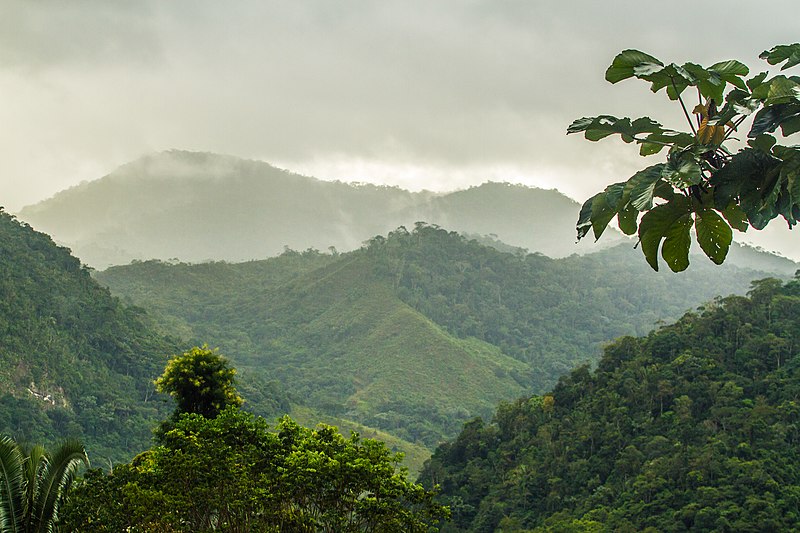
Once covering much of Brazil, the Atlantic Forest is now a fraction of its original size due to centuries of deforestation. However, in recent decades, reforestation projects have worked to restore this biodiversity hotspot. Organizations such as SOS Mata Atlântica and the Nature Conservancy have led efforts to plant millions of native trees. These projects not only restore habitats for endangered species like the golden lion tamarin but also contribute to carbon sequestration. Local communities benefit from the ecosystem services provided by a healthy forest, such as clean water and soil stabilization. This reforestation effort showcases how environmental restoration can have broad social and ecological benefits.
Global Tiger Recovery Program (GTRP)
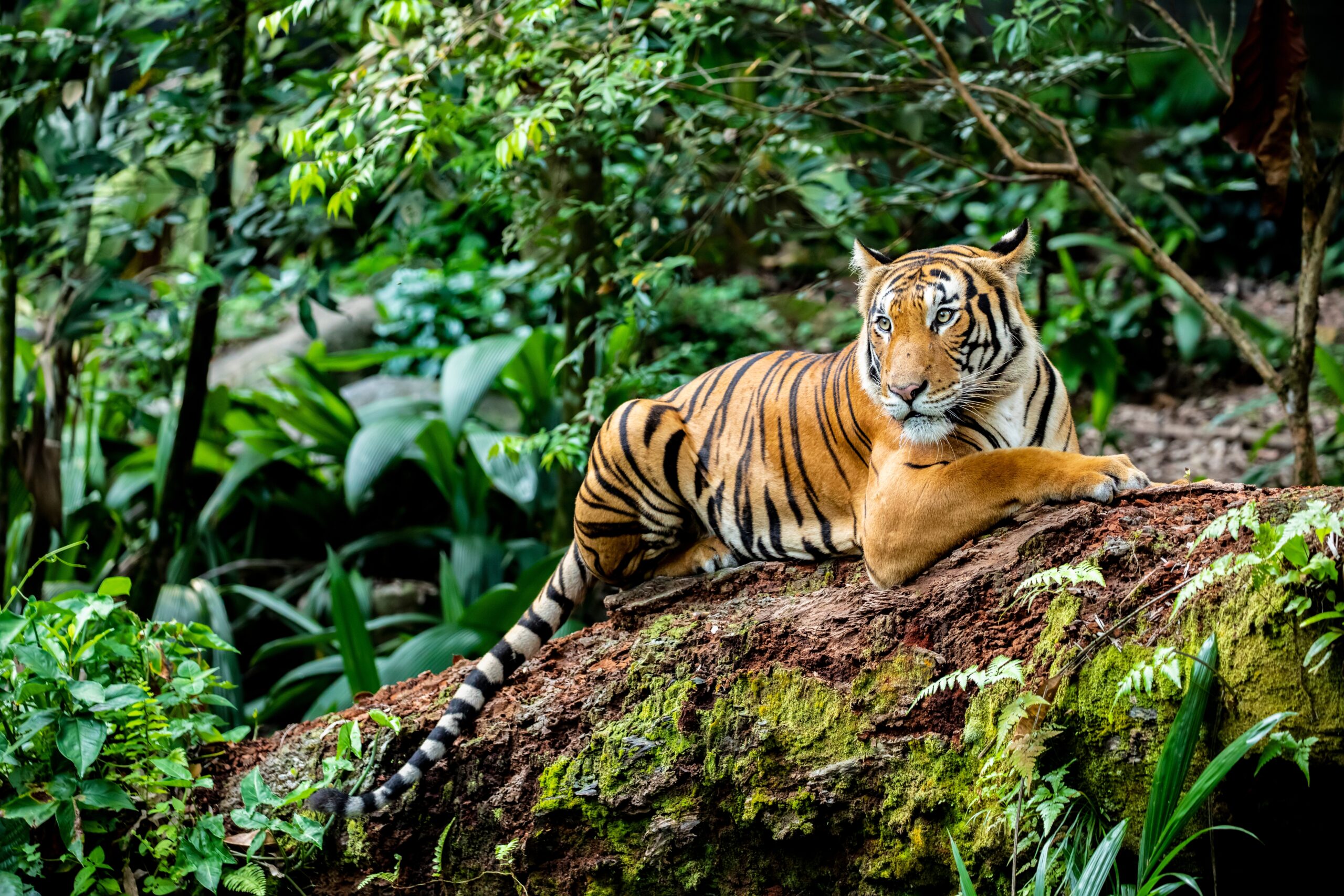
Launched in 2010, the Global Tiger Recovery Program seeks to double the population of wild tigers by 2022. Tigers, once abundant across Asia, have faced drastic declines due to poaching, habitat loss, and human-wildlife conflict. The GTRP unites governments, conservation organizations, and local communities in protecting tiger habitats and curbing illegal wildlife trade. Efforts under the program have shown significant progress in countries like India, where tiger numbers are steadily increasing. Protecting tigers also helps conserve the broader ecosystems in which they live. The GTRP remains a beacon of hope for endangered species recovery globally.
Antarctic Treaty System
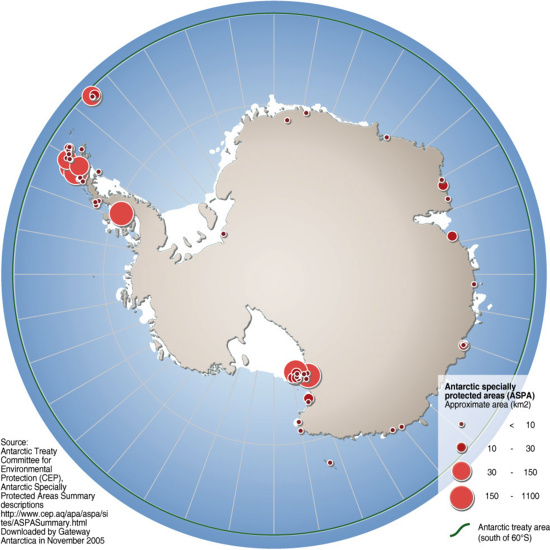
Signed in 1959, the Antarctic Treaty established the continent of Antarctica as a scientific preserve and prohibited military activity there. The treaty also bans mining and recognizes the continent as a “natural reserve, devoted to peace and science.” It remains one of the most successful international agreements, with over 50 countries committing to environmental protection in Antarctica. The treaty ensures that scientific research can be conducted without disrupting the fragile ecosystems that exist there. This international cooperation has helped preserve Antarctica’s unique wildlife and landscapes. As climate change threatens polar regions, the treaty’s importance continues to grow.
Conservation of the Galápagos Islands, Ecuador
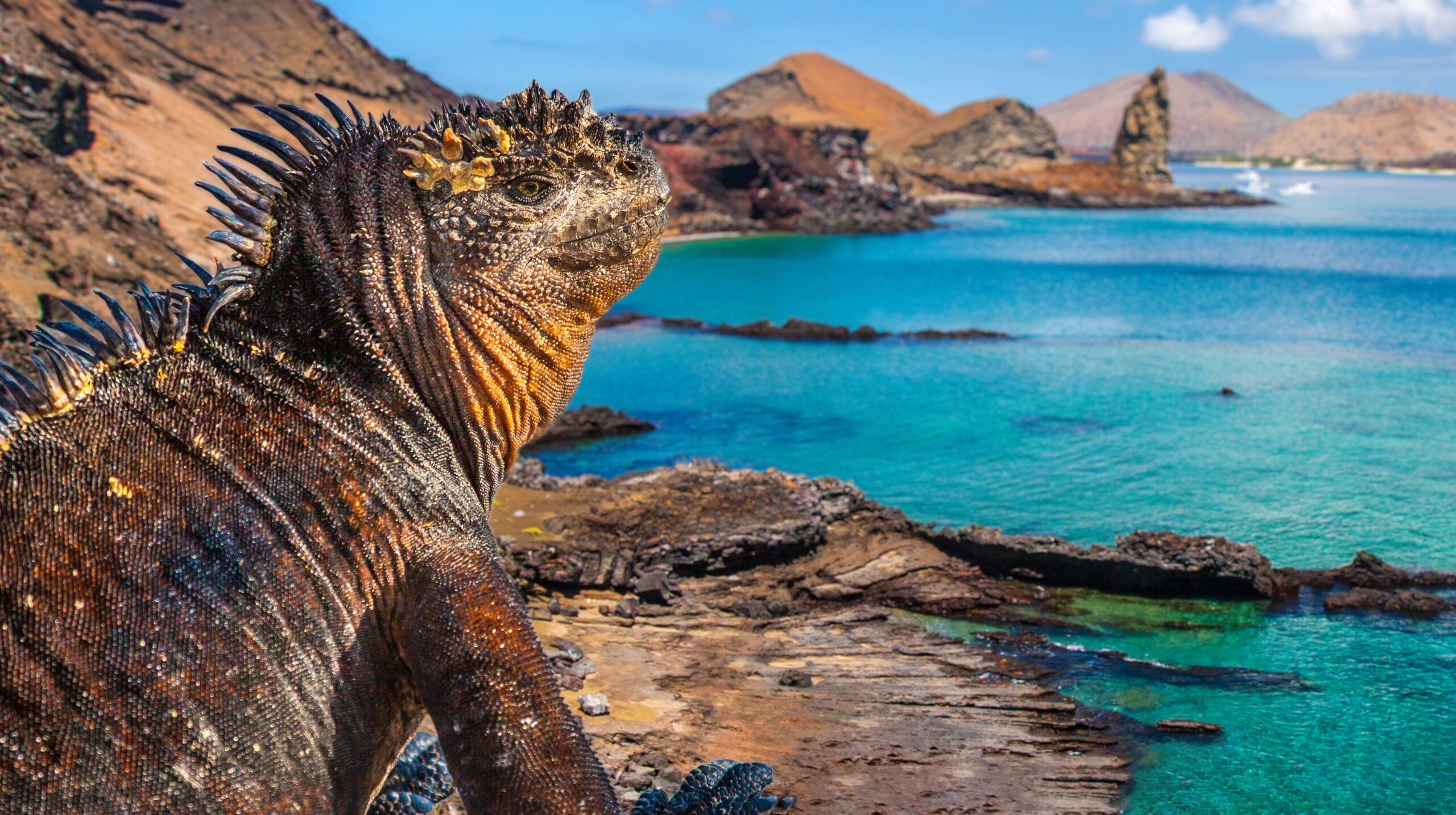
The Galápagos Islands, made famous by Charles Darwin’s studies on evolution, have long been a focal point for conservation. Ecuador declared the islands a national park in 1959 and later established a marine reserve to protect the surrounding waters. The islands’ isolation and unique biodiversity make them vulnerable to human activity and invasive species. Conservation efforts include strict visitor regulations, invasive species eradication programs, and scientific research aimed at preserving the islands’ ecosystems. These efforts have helped maintain the Galápagos as one of the most pristine natural environments on Earth. Today, the islands serve as a living laboratory for studying evolution and conservation.
Ban on DDT, USA

In 1972, the U.S. banned DDT, a pesticide that had devastating effects on wildlife, particularly birds. The ban followed the publication of Rachel Carson’s seminal book Silent Spring, which raised awareness about the dangers of chemical pollution. DDT caused eggshell thinning in birds like bald eagles and peregrine falcons, leading to sharp population declines. The ban on DDT has allowed many bird species to recover, marking a major victory in the fight against environmental toxins. This decision also paved the way for stricter regulations on pesticides worldwide. It remains a turning point in the environmental movement, demonstrating the power of public awareness and science.
The Kyoto Protocol

Adopted in 1997, the Kyoto Protocol was the first international treaty to set legally binding targets for reducing greenhouse gas emissions. Countries that signed the protocol committed to reducing their emissions by specific amounts, recognizing the global nature of climate change. Though it faced criticism for not including major emitters like the U.S. and China, it set the stage for future climate agreements. The protocol helped raise awareness about the urgent need for coordinated global action to mitigate climate change. Despite its limitations, Kyoto represented a critical step toward addressing one of the world’s most pressing environmental challenges. Its legacy continues to influence climate policy discussions today.
African Elephant Conservation Act

Passed in 1988, the African Elephant Conservation Act aimed to protect African elephants from poaching and illegal ivory trade. This U.S. legislation provided financial and technical support for conservation programs in Africa, focusing on anti-poaching efforts and habitat protection. Elephant populations had been in rapid decline due to the demand for ivory, and this act helped galvanize international support for stricter regulations. Although challenges remain, including habitat loss and poaching, the act has helped stabilize some elephant populations. It also raised global awareness about the broader issues surrounding wildlife trafficking. Continued efforts are necessary to ensure long-term survival for these majestic animals.
Conservation of the Amazon Pink River Dolphin, South America
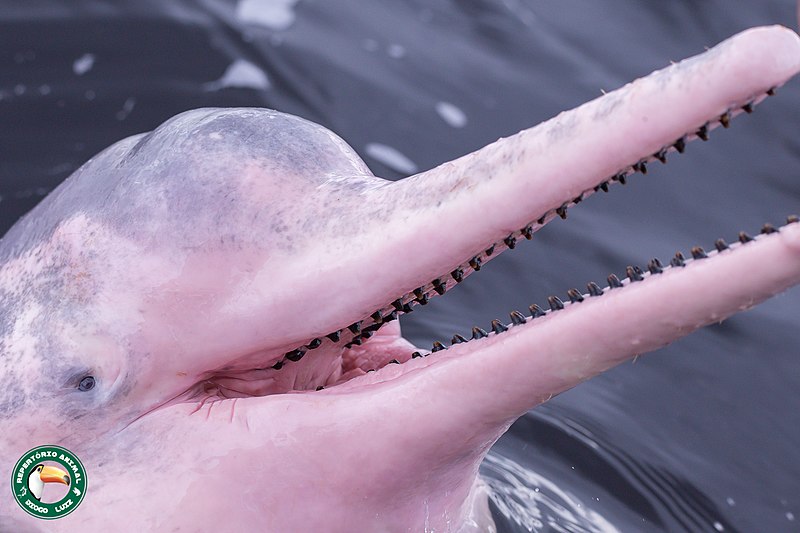
The Amazon pink river dolphin, or boto, is an iconic species of the Amazon River Basin, facing threats from habitat destruction and pollution. Conservation groups have worked to protect these dolphins by promoting sustainable fishing practices and raising awareness about water pollution. The dolphins are often victims of bycatch or targeted for use as bait in illegal fishing activities. Protecting their habitat is crucial for maintaining the health of the entire Amazon river ecosystem. Public education campaigns have also focused on the cultural significance of these dolphins to indigenous communities. These combined efforts are gradually improving the outlook for this unique species.
The Clean Air Act, USA
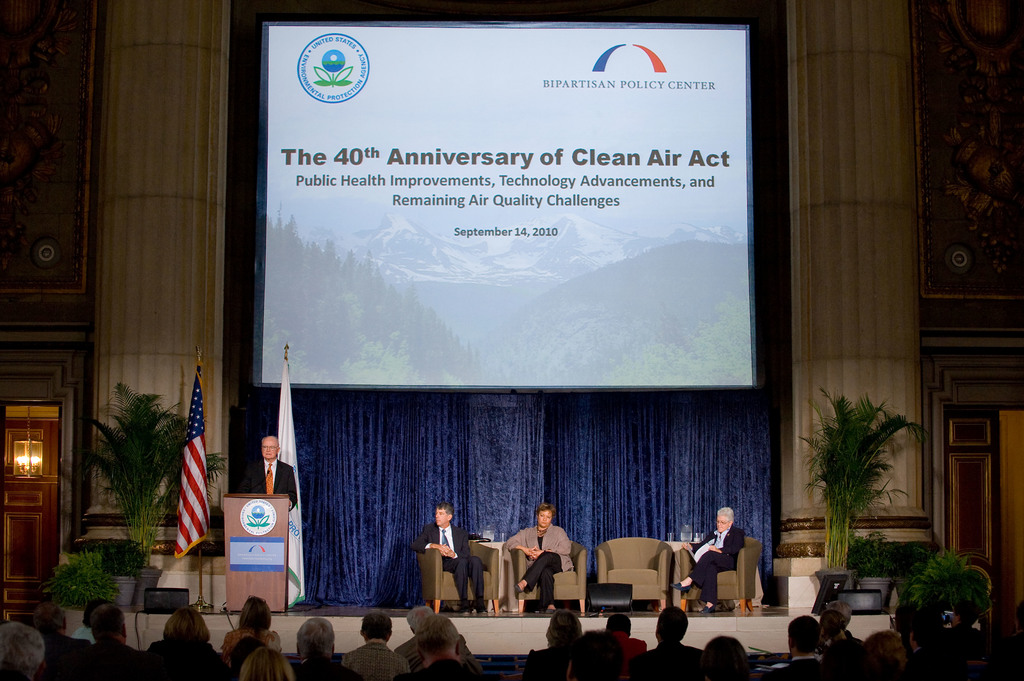
The Clean Air Act of 1963 marked a significant turning point in the U.S. government’s approach to regulating air pollution. Over time, the law has been strengthened through amendments, leading to significant reductions in pollutants like sulfur dioxide, carbon monoxide, and particulate matter. The act has been credited with improving public health by reducing respiratory issues and preventing premature deaths. It also established the framework for addressing greenhouse gas emissions, recognizing their role in climate change. The success of the Clean Air Act demonstrates the importance of government intervention in environmental protection. Its enforcement continues to shape air quality standards across the country.
Marine Protected Areas in New Zealand
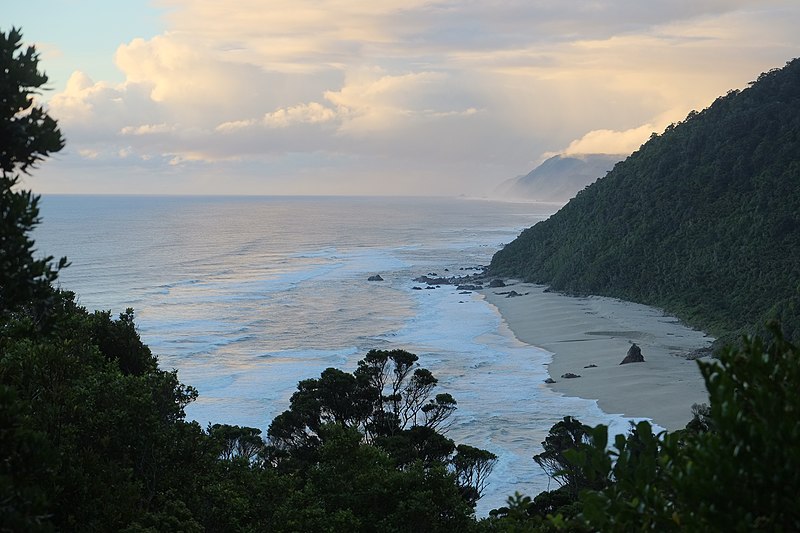
New Zealand has been a global leader in establishing marine protected areas (MPAs), safeguarding critical habitats from human interference. These MPAs help conserve biodiversity, protect fish stocks, and maintain the health of marine ecosystems. New Zealand’s efforts include the creation of the Kermadec Ocean Sanctuary, which spans 620,000 square kilometers and is one of the largest no-take marine reserves in the world. By limiting fishing and other extractive activities, the sanctuary protects vulnerable species like whales, dolphins, and seabirds. New Zealand’s commitment to marine conservation continues to inspire other nations to follow suit. These protected areas are vital for ensuring long-term ocean health.
The Paris Agreement
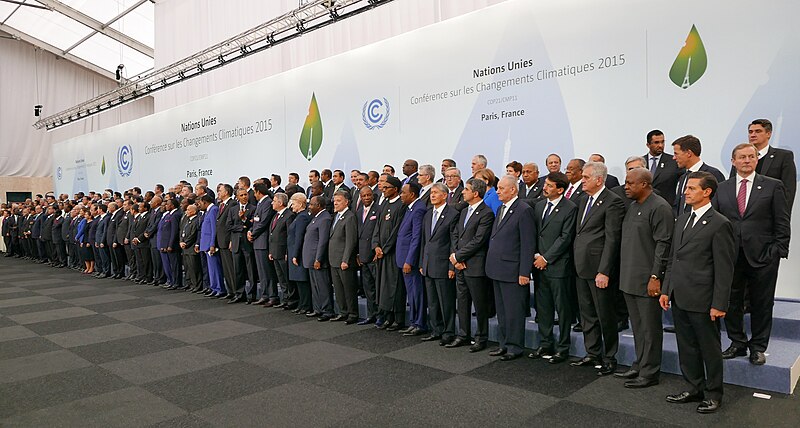
The Paris Agreement, signed in 2015, is a landmark global treaty aimed at limiting global warming to well below 2°C above pre-industrial levels. It brought together 196 countries to commit to reducing their greenhouse gas emissions through nationally determined contributions (NDCs). Unlike previous climate agreements, the Paris Agreement emphasizes voluntary, yet legally binding, national commitments. The agreement also includes mechanisms to increase transparency and hold countries accountable for their climate actions. It represents a significant step forward in international climate diplomacy. While challenges remain in meeting the agreement’s ambitious targets, it has created a framework for ongoing global climate action.
This article originally appeared on Rarest.org.
More From Rarest.Org
Pollinators are vital to the health of ecosystems around the world, helping plants reproduce and ensuring the survival of countless species. From tiny insects to larger animals, these pollinators play an essential role in supporting biodiversity and food production. Read more.
Championship games are where legends are made, but they can also be where the most unexpected outcomes unfold. Throughout sports history, we’ve witnessed shocking upsets that defied all predictions and left fans in disbelief. Read more.
Lizards with color-changing abilities are some of the most fascinating creatures in the animal kingdom. These reptiles can shift their hues for various reasons, from blending into their surroundings to communicating with other lizards. Read more.

